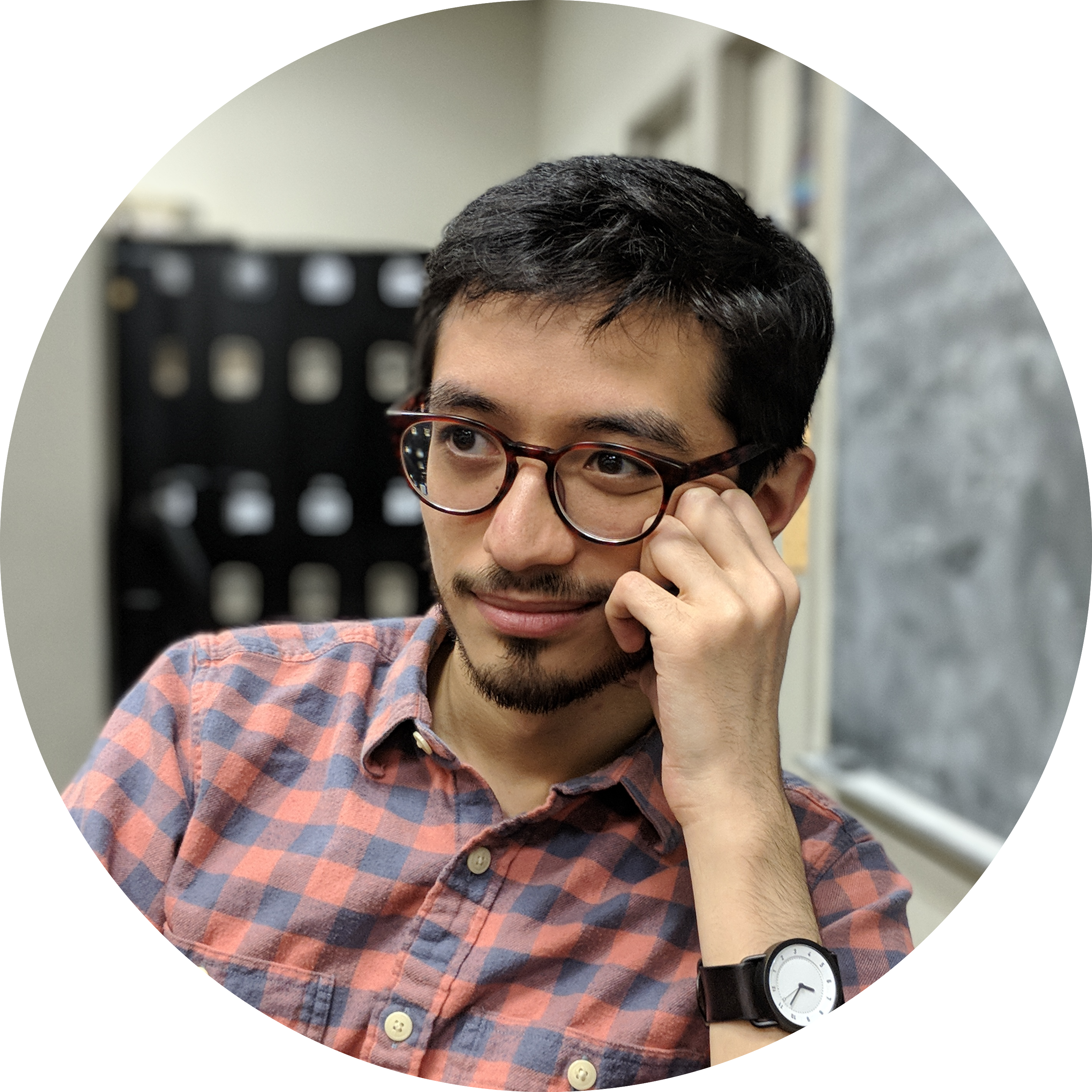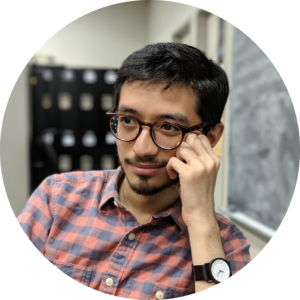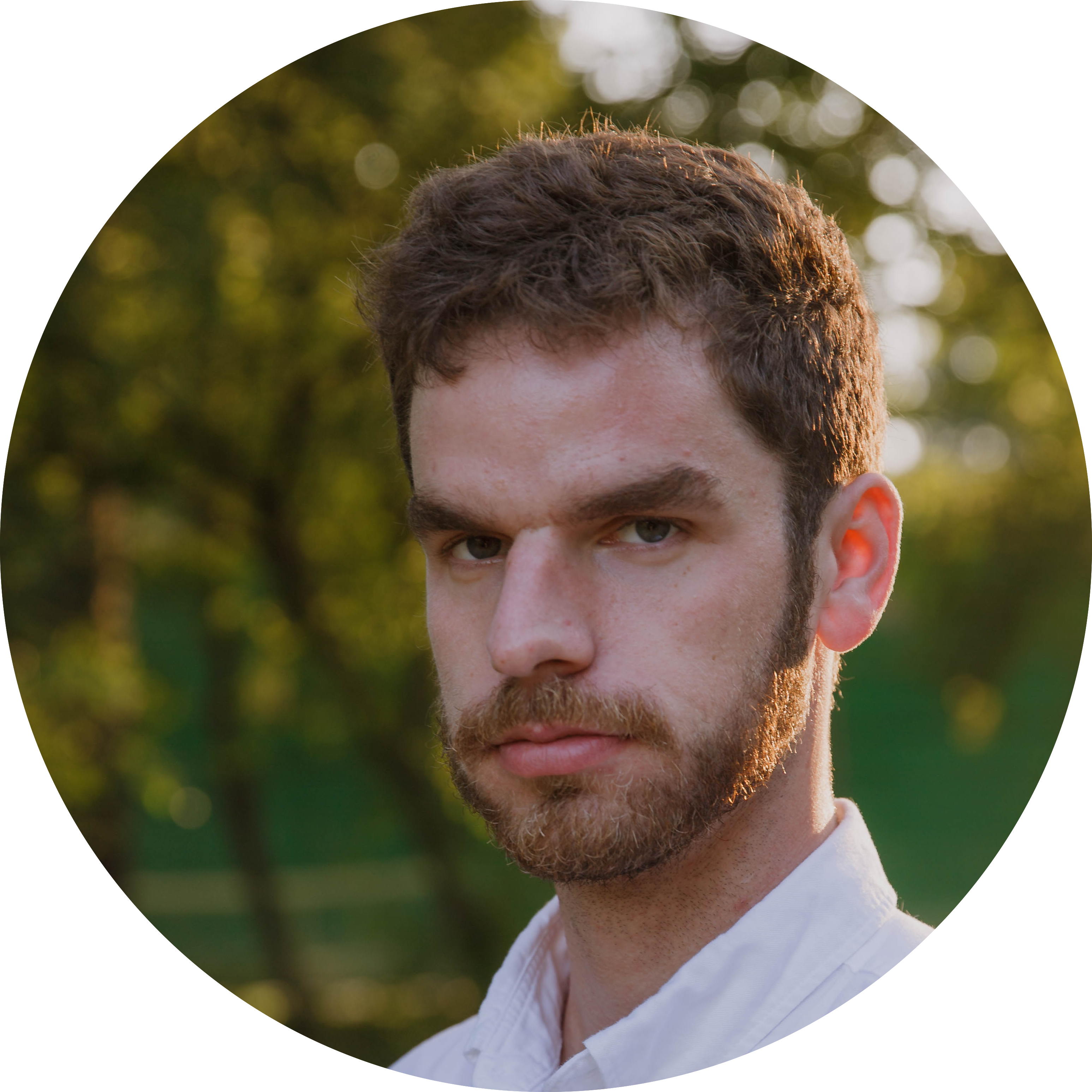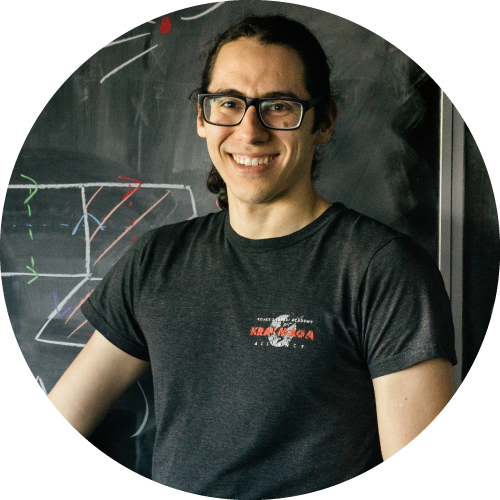Name:
Christopher Natoli
Department:
Project Title:
Investigating Whether Free Groups are Existentially Homogeneous
Christopher Natoli is a fifth-year Ph.D. student in the CUNY Graduate Center Mathematics Program. He received his bachelors degree from the University of Chicago in 2015, where he double-majored in mathematics and statistics and worked as a research assistant in economics and computational social science. His current research interest is model theory of free groups.
Project
This project studies an open question at the intersection of two fields of mathematics, model theory and group theory. The former is a branch of mathematical logic; the latter studies a certain class of algebraic objects called groups. A unique collection of groups are called free groups, which have the least restrictions among all groups. Model theory provides one perspective on free groups. In the past two decades, there have been important and surprising results (including results by Christopher Natoli’s dissertation advisor, Olga Kharlampovich), showing that free groups behave very nicely from a model-theoretic point of view, which has consequently opened the study of free groups to further model-theoretic analysis.
This project follows recent results showing that certain free groups have a particular model-theoretic property called homogeneity. Roughly speaking, this property says that if any two elements of a given free group have the same logical properties, then the entire group can be rearranged in a way that replaces one of those elements with the other while preserving the overall structure of the group. It is an open question whether free groups have a stronger property called existential homogeneity. This project attempts to answer this question using tools from combinatorial and geometric group theory.
In mathematics, a group is a collection of things along with an operation that combines those things, which together have to obey certain laws. For example, integers can be combined through addition, and moves on a Rubik’s cube can be combined by doing one move and then the next move. Free groups are a special type of group that have the least restrictions among all groups. One can consider free groups to be the progenitors of all groups, for any group can be obtained by starting with a free group and adding restrictions.
Groups are fundamental objects in mathematics, and they can be studied from a variety of perspectives, including from the perspective of model theory, which is a branch of mathematical logic. Ground-breaking results in the past two decades, including results by my advisor, Olga Kharlampovich, have shown that free groups have surprisingly nice model-theoretic properties. These results have sparked a wave of investigation into the model theory of free groups.
Recent results by C. Perin and R. Sklinos and, separately, A. Ould Houcine have shown that certain free groups possess another nice model-theoretic property called homogeneity. Roughly speaking, homogeneity means that if any two elements in a group look the same to a logician, then the entire group can be rearranged in a way that replaces one of those elements with the other while preserving the overall structure of the group. For example, a logician might say that any integer on the number line looks the same as its negation, and, indeed, they can be swapped by reflecting the entire number line over the origin. This reflection preserves the additive structure of the integers, so we say that the group of integers with addition are homogeneous.
It is an open question whether free groups have a stronger property called existential homogeneity. A. Ould Houcine has identified two other properties that a free group will have if and only if it is existentially homogeneous. My work over the summer with my advisor has consisted of trying to prove that certain free groups have these two properties or trying to find a counter-example (i.e. a free group that lacks one of the properties). So far, we have proven half of one of the properties, using tools from a different perspective on groups called geometric group theory. Obvious next steps are addressing the other one-and-a-half properties and possibly expanding the results to a wider class of free groups. This work might also contribute to another open question in the model theory of free groups about whether certain groups that look from a logician’s point of view somewhat like free groups can be combined into a model-theoretic construction called a Fraisse limit.






